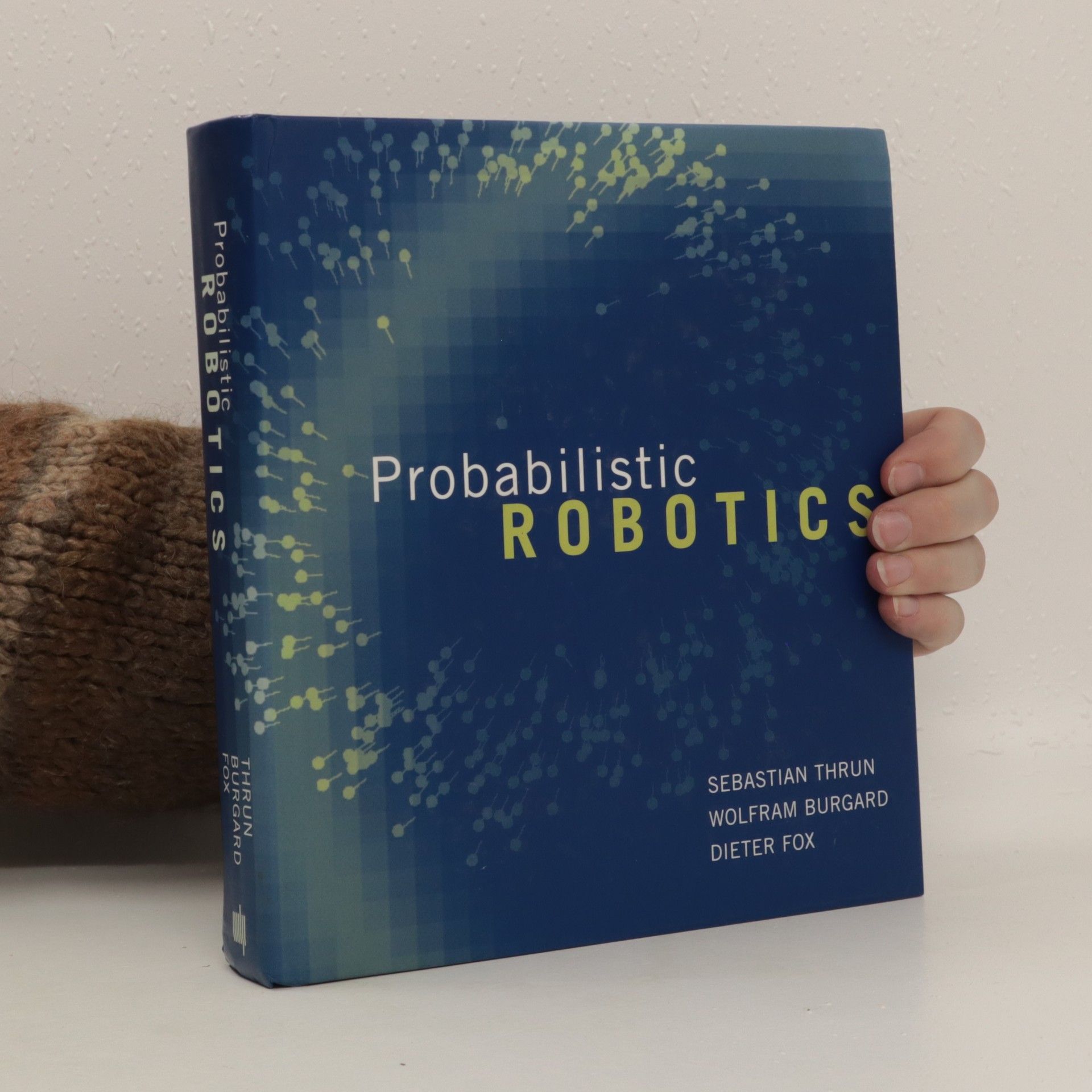An introduction to the techniques and algorithms of the newest field in robotics. Probabilistic robotics is a new and growing area in robotics, concerned with perception and control in the face of uncertainty. Building on the field of mathematical statistics, probabilistic robotics endows robots with a new level of robustness in real-world situations. This book introduces the reader to a wealth of techniques and algorithms in the field. All algorithms are based on a single overarching mathematical foundation. Each chapter provides example implementations in pseudo code, detailed mathematical derivations, discussions from a practitioner's perspective, and extensive lists of exercises and class projects. The book's Web site, www.probabilistic-robotics.org, has additional material. The book is relevant for anyone involved in robotic software development and scientific research. It will also be of interest to applied statisticians and engineers dealing with real-world sensor data.
Sebastian Thrun Libros




Robotics is undergoing a major transformation in scope and dimension. From a largely dominant industrial focus, robotics is rapidly expanding into human environments and vigorously engaged in its new challenges. Interacting with, assisting, serving, and exploring with humans, the emerging robots will increasingly touch people and their lives. The Springer Tracts in Advanced Robotics (STAR) is devoted to bringing to the research community the latest advances in the robotics field on the basis of their significance and quality. Through a wide and timely dis semination of critical research developments in robotics, our objective with this series is to promote more exchanges and collaborations among the re searchers in the community and contribute to further advancements in this rapidly growing field. As one of robotics pioneering symposia, the International Symposium on Robotics Research (ISRR) has established over the past two decades some of the fields most fundamental and lasting contributions. Since the launching of STAR, ISRR and several other thematic symposia in robotics find an important platform for closer links and extended reach within the robotics community. This twelfth edition of Robotics Research, edited by Sebastian Thrun, Rodney Brooks, and Hugh Durrant-Whyte, offers in its 14-part volume a collection of a broad range of topics in robotics. The content of these contributions provides a wide coverage of the current state of robotics research: the advances and challenges in its theoretical foundation and technology basis, and the developments in its traditional and novel areas of apphcations.
Field and Service Robotics
Recent Advances in Research and Applications
- 560 páginas
- 20 horas de lectura
Since its inception in 1996, FSR, the biannual „International Conference on Field and Service Robotics“ has published archival volumes of high reference value. This unique collection is the post-conference proceedings of the 4 th FSR in Lake Yamanaka, Japan at July 2003. This book edited by Shin’ichi Yuta, Hajime Asama, Sebastian Thrun, Erwin Prassler and Takashi Tsubouchi is rich by topics and authoritative contributors and presents the current developments and new directions in field and service robotics. The contents of these contributions represent a cross-section of the current state of robotics research from one particular aspect: field and service applications, and how they reflect on the theoretical basis of subsequent developments. Pursuing technologies aimed at realizing skilful, smart, reliable, robust field and service robots is the big challenge running throughout this focused collection.
Focusing on lifelong learning, the book explores how learners encounter diverse tasks that create synergy among their experiences. It introduces explanation-based neural network learning (EBNN), a machine learning algorithm designed to leverage knowledge from previous tasks to enhance generalization in new ones. By utilizing accumulated domain knowledge, EBNN achieves more accurate generalization with less data compared to other methods, making it a powerful tool in machine learning.